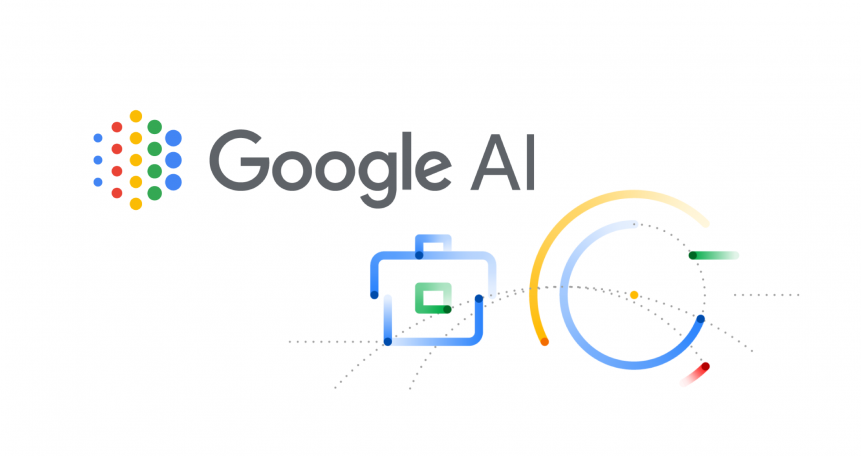
Google’s AutoML system for tabular data took part of Kaggle Days Hackathon and entered a machine learning competition for the first time.
AutoML (as it is nicknamed) was competing against human Kaggle participants in a challenge that involved predicting manufacturing defects in automotive parts. The system, designed by engineers at Google, is able to generate solutions to complex machine learning problems in a fully-automated way.
It is based on previously developed methods for neural architecture search and it is able to provide Tensorflow pipeline together with a final model.
According to researchers from Google, AutoML was designed to accelerate research and industry applications of machine learning methods. The learning-based approach was specifically built to meet three important criteria: full automation, extensive coverage, and high-quality models.
In the Kaggle competition, AutoML showed that it is able to design a (good) solution for the given problem. The automated system reached second place in the overall competition, behind only one team comprised of machine learning experts. The Tensorflow pipeline, which was the output of Google’s AutoML involved 6 stages: feature engineering, architecture search, hyper-parameter tuning, model selection, and ensembling and model distillation.
Researchers and engineers from Google were only monitoring the solution search process in the competition and had no intervention at all. With this competition and the achieved results, AutoML proved that end-to-end automatic methods have huge potential towards solving different tasks.